Estimating Product and Quotient
The procedure of estimating product and quotient are in the following examples.
Estimating Product:
Working Rules for Estimating Product:
Step I: Round off each factor to its nearest greatest value.
Step II: Multiply the rounded off factors.
Solved Examples on Estimating Product:
1. Estimate the product 73 × 524
Solution:
Round off each factor to its nearest greatest value.
524 → 500
73 → × 100
Estimated value of 73 × 524 = 50000
2. Estimate the product 8 × 765
Solution:
Round off each factor to its nearest greatest value.
765 → 800
8 → × 10
Estimated value of 8 × 765 = 8000
Estimating Quotient:
Working Rules for Estimating Product:
Step I: First round off the dividend to the nearest multiple of the divisor so that divisor becomes easy.
Step II: Then divide the dividend by the divisor to get the quotient.
Solved Examples on Estimating Product:
1. Estimate 546 ÷ 7.
Solution:
For 546 ÷ 7,
Let's round off the dividend 546 to the multiple of 7.
Let us say 525 or 560.
Its clear that dividend 546 is closer to 560, so the dividend 546 should be rounded off to 560.
Now, the estimated value of 546 ÷ 7
= 560 ÷ 7
= 80.
2. The estimated value of 1758 ÷ 88 is
(i) 25
(ii) 20
(iii) 30
(iv) 40
Solution:
1758 should be rounded off to 1800 and 88 be rounded off to 90.
Now, the estimated value of 1758 ÷ 88 = 1800 ÷ 90 = 20.
So, the option (ii) is correct, which is the required answer. i.e. answer (ii).
Solved Examples to Estimate Product and Quotient:
1. Estimate the product 958 × 387 by rounding off each factor to its greatest place.
Solution:
Clearly, each factor is a three digit number. So, we round off each factor to nearest hundreds.
958 rounds off as 1000
387 rounds off as 400
Therefore estimated product = 1000 × 400 = 400000
2. Estimate the product to the nearest hundreds.
(i) 42 × 37
(ii) 67 × 62
(iii) 99 × 91
(iv) 147 × 51
(v) 193 × 47
Solution:
(i) 42 × 37 = 40 × 40 = 1600
(ii) 67 × 62 = 70 × 60 = 4200
(iii) 99 × 91 = 100 × 90 = 9000
(iv) 147 × 51 = 150 × 50 = 7500
(v) 193 × 47 = 190 × 50 = 9500
3. Find the estimated quotient 2838 ÷ 125 by rounding off the numerator and denominator to the nearest hundreds.
Solution:
We find that
2838 rounds off to nearest hundreds 2800
125 rounds off to nearest hundreds as 100
Therefore, estimated quotient = 2800 ÷ 100 = 28.
4. Estimate the quotient to the nearest tens.
(i) 87 ÷ 9
(ii) 163 ÷ 11
(iii) 461 ÷ 7
(iv) 1223 ÷ 17
Solution:
(i) 87 ÷ 9 = 90 ÷ 10 = 9 = 10
(ii) 163 ÷ 11 = 160 ÷ 10 = 16 = 20
(iii) 451 ÷ 7 = 460 ÷ 10 = 46 = 50
(iv) 1223 ÷ 17 = 1220 ÷ 20 = 61 = 60
Worksheet on Estimating Product and Quotient:
1. Estimate the following Products:
(i) 53 × 127
(ii) 128 × 780
(iii) 22 × 425
(iv) 8 × 472
Answer:
1. (i) 5,000
(ii) 80,000
(iii) 8,000
(iv) 4,000
2. Estimate the following Quotient:
(i) 295 ÷ 15
(ii) 1254 ÷ 10
(iii) 4295 ÷ 7
(iv) 1215 ÷ 11
Answer:
2. (i) 15
(ii) 130
(iii) 430
(iv) 120
3. What is the estimated product of 7 × 988?
Solution:
The number 7 rounded off to the nearest tens is 10.
The number 988 rounded off to the nearest thousands is 1000.
Therefore estimated product = 10 × 1000 = 10000.
● Estimate
6th Grade Page
From Estimating Product and Quotient to HOME PAGE
Didn't find what you were looking for? Or want to know more information about Math Only Math. Use this Google Search to find what you need.
Recent Articles
-
Counting Numbers from 1 to 50 | Match the Number | Missing Numbers
Apr 04, 25 03:46 PM
In counting numbers from 1 to 50, recognize the numbers, count and then join the numbers in the correct number order. Here we mainly need eye-hand coordination to draw the picture and maintain the num -
Counting Eleven to Twenty with Numbers and Words |Numbers from 11 - 20
Apr 04, 25 03:21 PM
Counting eleven to twenty with numbers and words are explained below. One ten and one more is eleven. Eleven comes after ten. One ten and two more is twelve. Twelve comes after eleven. -
5th Grade BODMAS Rule Worksheet | PEMDAS | Order of operations|Answers
Apr 03, 25 03:11 PM
In 5th Grade BODMAS Rule Worksheet you will get different types of problems on mathematical expressions involving different operations, mathematical expression with 'brackets' and 'of' and simplifying… -
Worksheet on Simplification | Simplify Expressions | BODMAS Questions
Apr 03, 25 02:58 PM
In worksheet on simplification, the questions are based in order to simplify expressions involving more than one bracket by using the steps of removal of brackets. This exercise sheet -
Divisible by 2 Video |Test of Divisibility by 2 Trick| Rules| Examples
Apr 03, 25 10:25 AM
A number is divisible by 2 if the digit at unit place is either 0 or multiple of 2. So a number is divisible by 2 if digit at its units place is 0, 2, 4, 6 or 8.
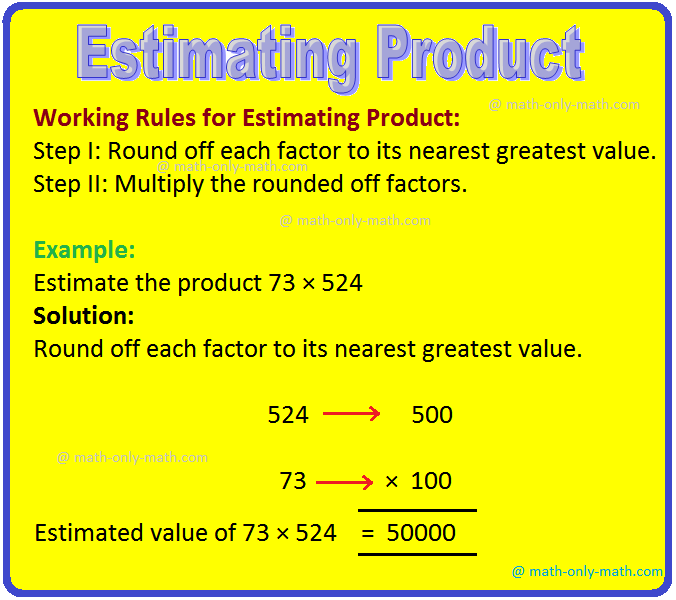
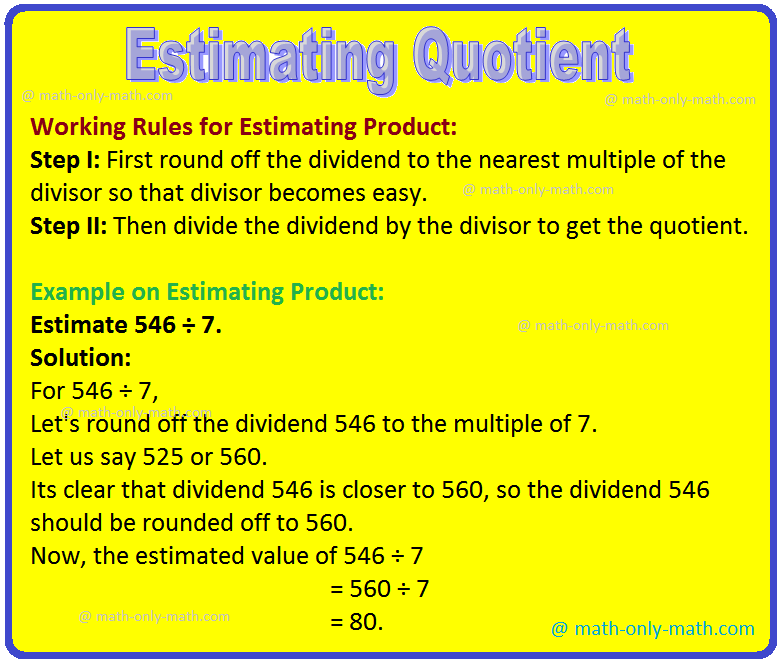



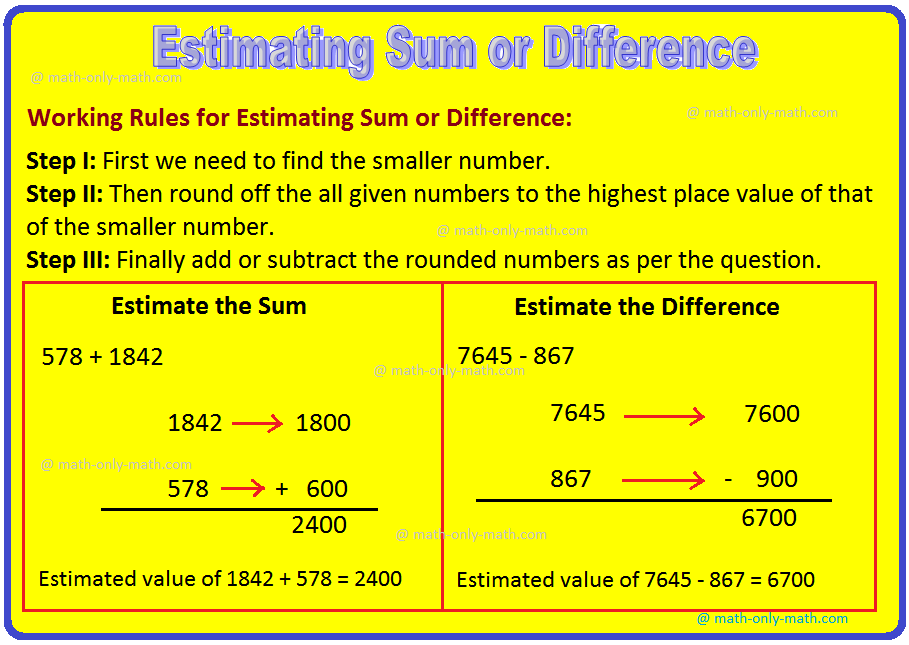
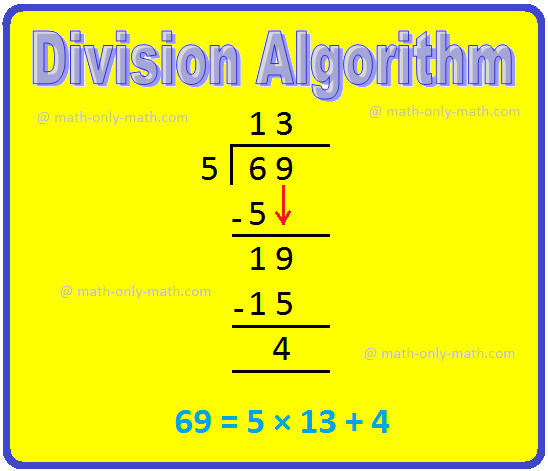

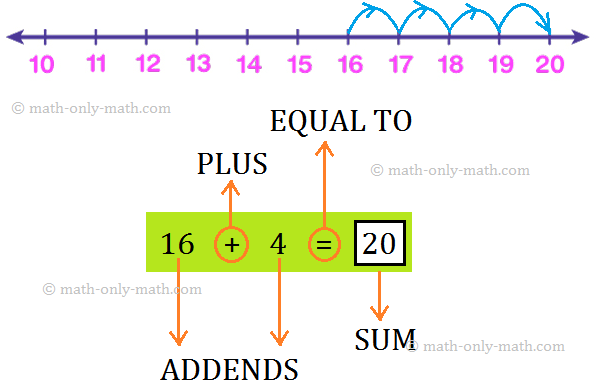
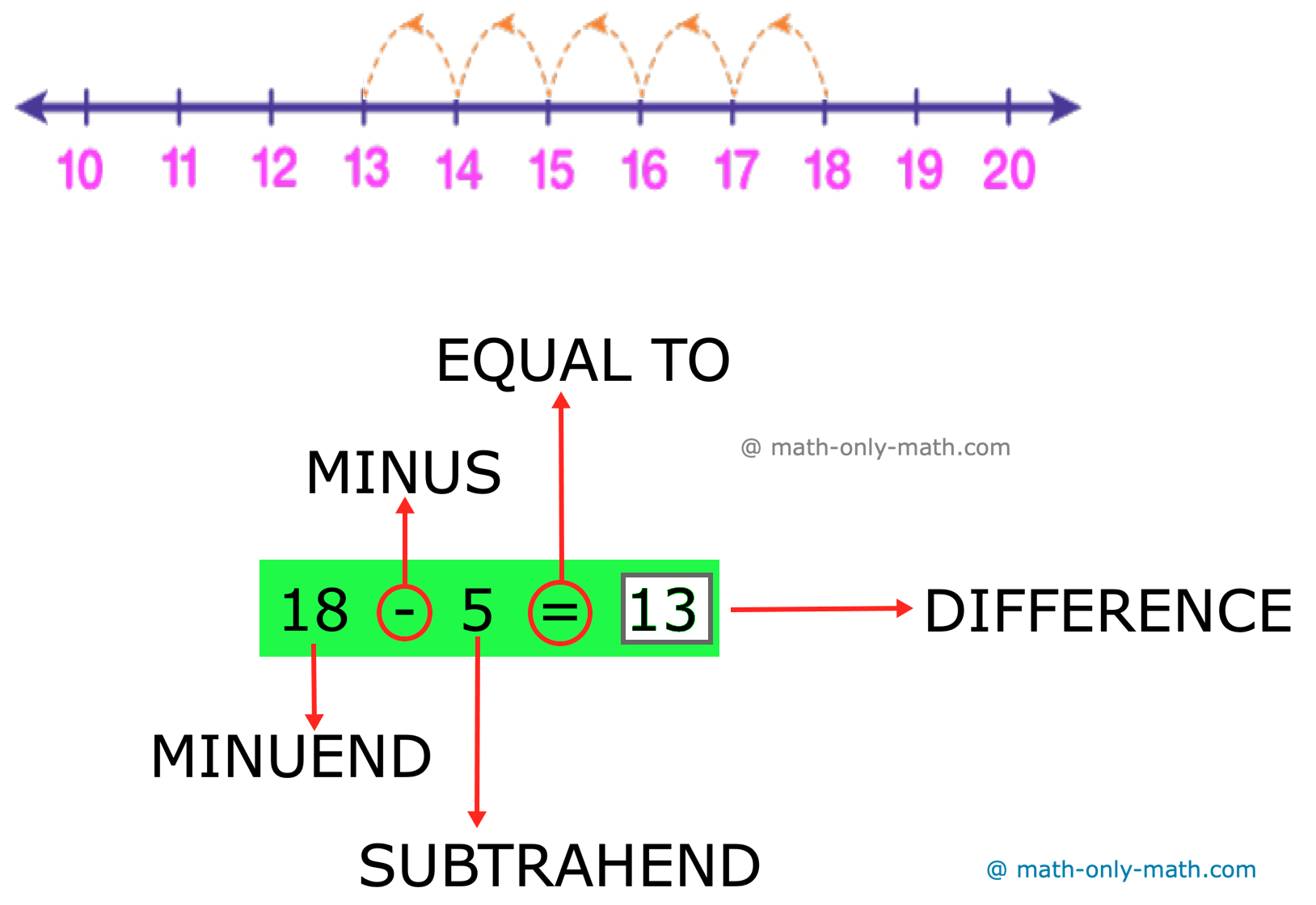
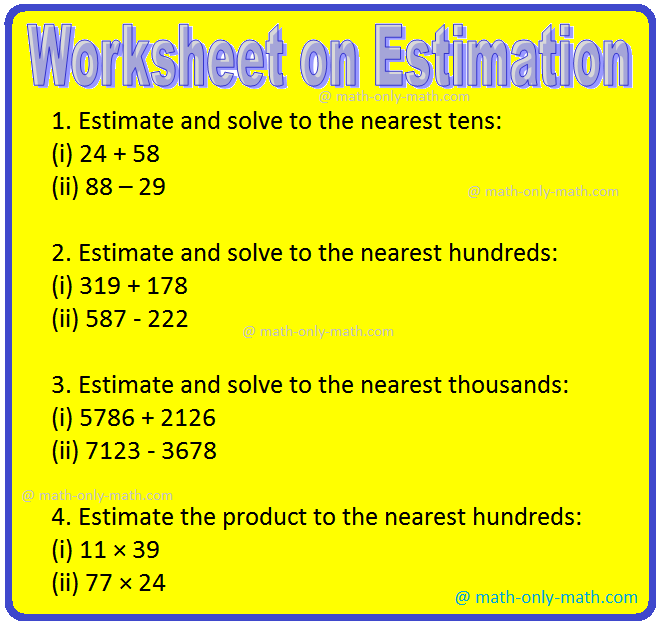
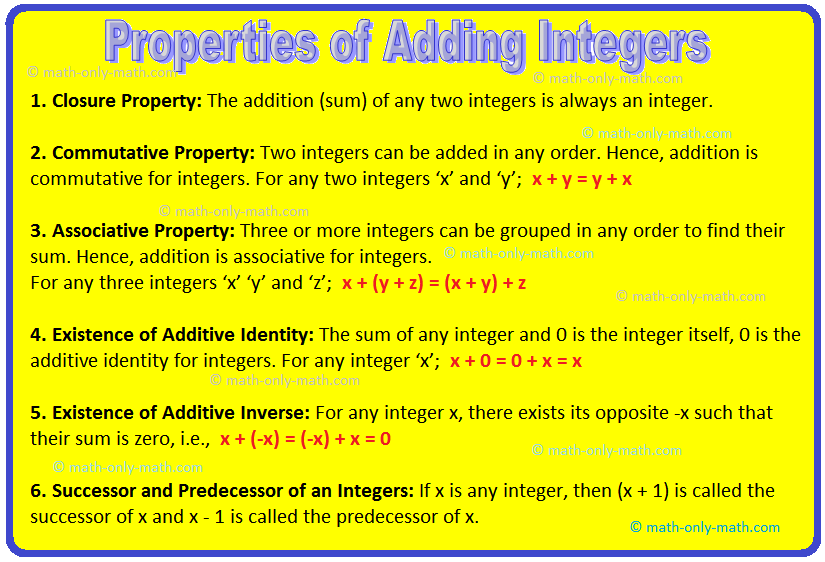
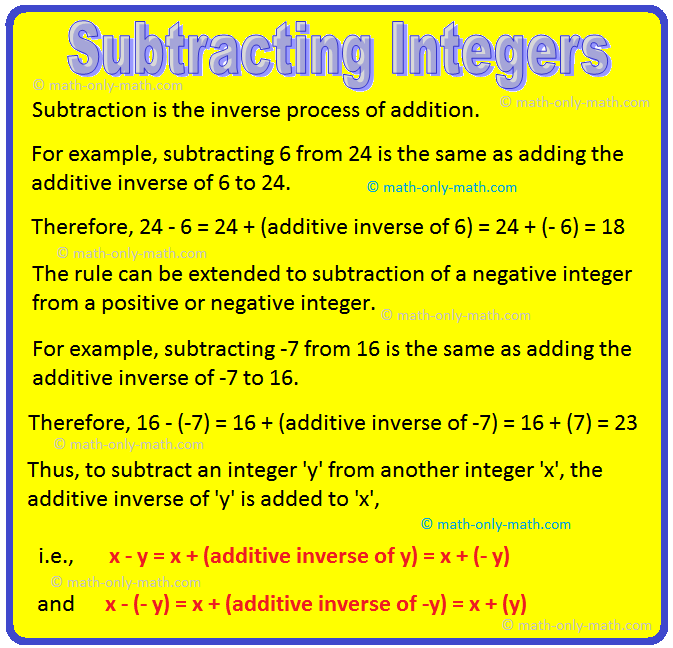



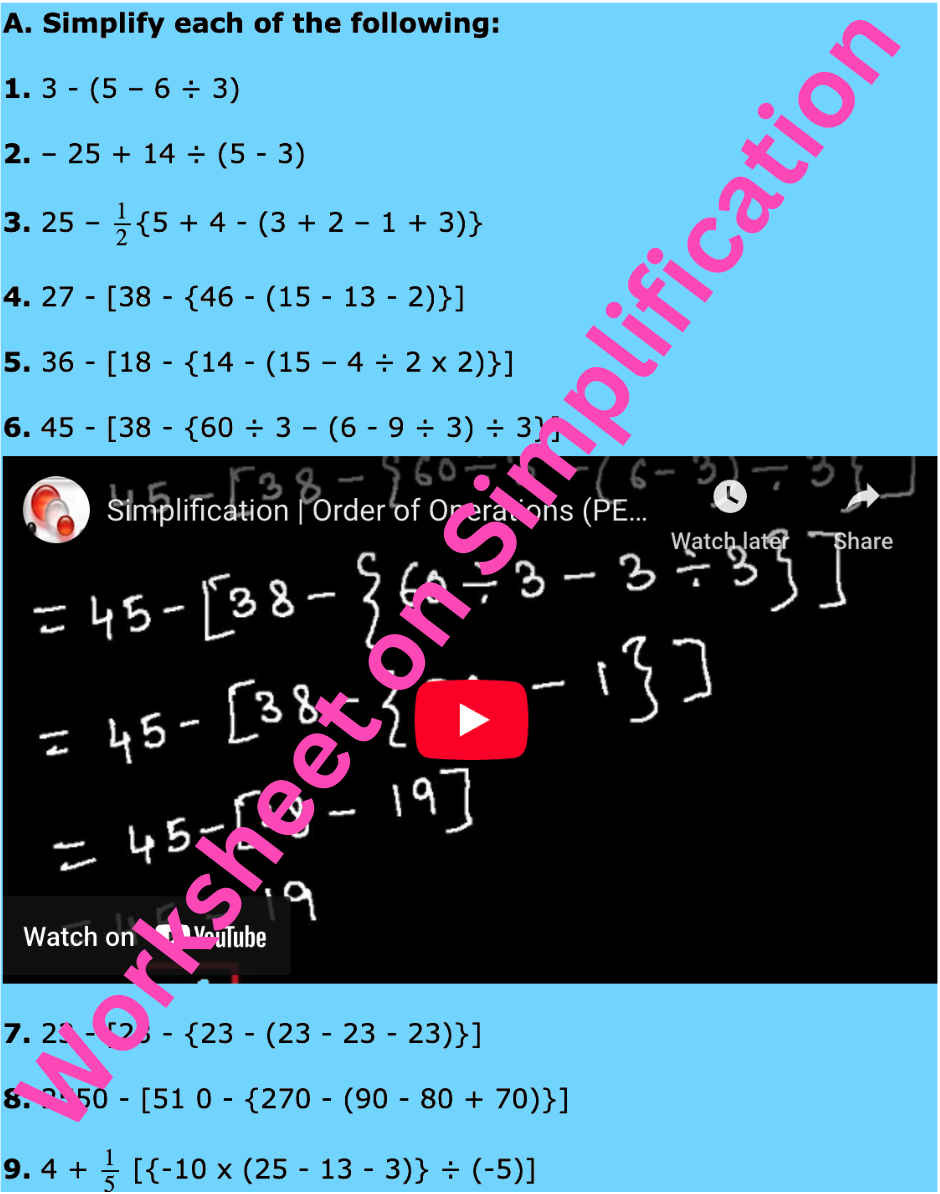

New! Comments
Have your say about what you just read! Leave me a comment in the box below. Ask a Question or Answer a Question.